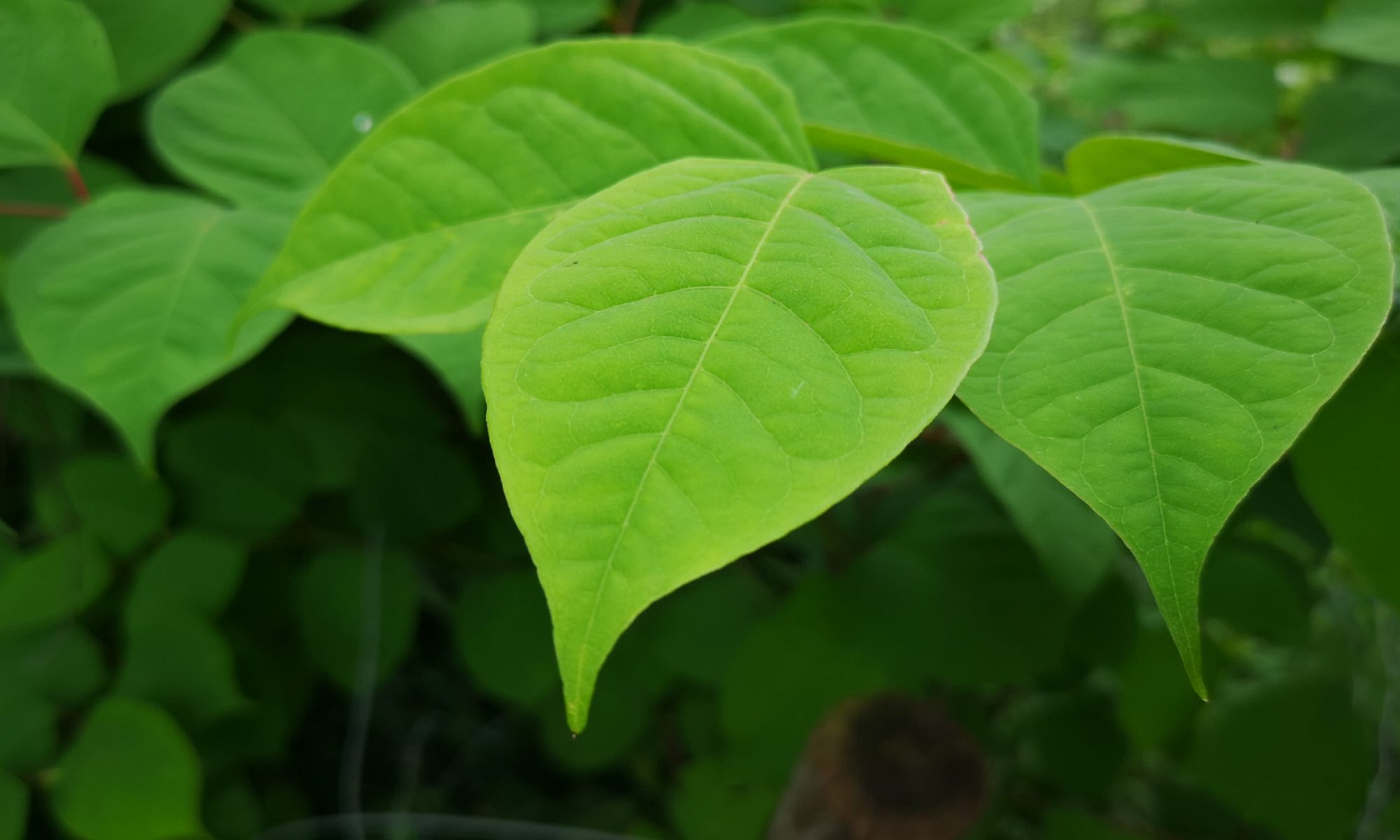Our operatives are qualified in all aspects of treatment methods and are happy to pass all of our qualifications and competencies at the quoting stage. For peace of mind, we have 17 years’ experience in treating Japanese knotweed and all other species. Based in Dereham and Haverhill we cover Norwich Norfolk along with the whole of East Anglia including Norfolk, Suffolk and Essex.


in East Anglia
Eastern Counties Knotweed Ltd.

in East Anglia
Eastern Counties Knotweed Ltd.
Do you live in Norwich {{mpg_county}} and have a Japanese knotweed problem?

- The knotweed plant or ground containing any part of the plant is classed as controlled waste if removed from site under the Environmental Protection Act 1990
- Japanese knotweed is an invasive and resilient weed
- The rhizomes and roots extend deep into the ground and can re-emerge many years after treatment
- If left to grow and spread, it has the potential to cause damage to the hard landscaping and buildings or structures
- If the property is for sale the buyer’s mortgage lender will want evidence that there is a fully funded 10 Year Knotweed Management Plan (KMP) in place

- At Eastern Counties Knotweed Ltd, we are able to provide detailed Knotweed Management Plans (KMP). Our services include:
- A knotweed survey is performed to identify the extent of the problem and assess the risks to the property
- A treatment plan is drawn up that will control and eradicate the knotweed
- The treatment plan has a 10 year insurance backed guarantee
- For more information, please do not hesitate to get in touch and speak to a friendly member of the team.
- Herbicide spraying programmeA herbicide spraying programme can provide a cheap, effective and simple solution to treating Japanese knotweed. It is an ideal method for doing so in parks, gardens and alongside rivers, hedgerows and railways. The use of any herbicide treatments will be site specific and determined by initial site assessment, all relevant regulations will apply as standard. For this to be effective the treatment needs to be applied over a number of years and away from any groundwork activities, which can make this method of treatment unsuitable for sites in the development stage.
- Stem injectionUsing the stem injection technology our team applies a fast acting herbicide that kills the plant at the core. This method is used particularly in sensitive areas to eliminate the potential to damage surrounding vegetation. Stem injection can be applied in all weathers and is particularly useful to administer near water courses, this stem injection technology can also be applied to other hollow cane species such as giant hogweed and Himalayan balsam.
- Excavation followed by stockpiling and herbicide treatmentOften the next cheapest alternative compared to spraying. Excavating the Japanese knotweed material and stockpiling elsewhere on site allows for development in the originally contaminated area to proceed without delay. An added advantage of this is that the excavation process can stimulate growth in the knotweed that the herbicide treatment alone would not, allowing the treatment to be completed faster, making it an excellent Japanese knotweed solution.
- Bunded methodThe bunded method is a cost effective way of treating Japanese knotweed. Temporary raised bunds would be located in an area of the site that will not be disturbed for a minimum of 18 months. All bunds would have a root barrier membrane to protect the underlying ground. Bunds not deeper that 400mm have shown to be the most successful. All growth of Japanese knotweed within the bunds will be treated with herbicide in conjunction with the management plan.
- Excavation followed by sifting & burialThe sifting procedure aims to remove all the Japanese Knotweed material through a combination of mechanised processes. This effective and fast method of dealing with Japanese Knotweed on site means that with most sites the remediation process can be carried out within a number of weeks. This method is the most environmentally friendly of our treatment methods as it uses no persistent herbicides, it can however be labour intensive.
- Removal to landfillThis method completely removes Japanese knotweed material from site and is very quick to implement. Using the instant eradication method, the Japanese knotweed company technicians will fully excavate the affected land, including rhizomes. This is then removed to an environment agency approved disposal site. This method offers the customer a quick complete solution for construction companies and land development. It can be expensive for large areas of Japanese knotweed due to the increasing costs of haulage. It can also raise sustainability issues.
- Insertion of geotextile membraneUsing a geotextile membrane, the Japanese knotweed company will create a non–permeable barrier between a building or structure to ensure the containment of the infestation thereby controlling the issue for treatment. This method can be particularly useful for people with boundary disputes of troublesome neighbours as well assisting planning applications.
- Screening & SiftingEastern Counties knotweed Ltd can offer an on site soil screening, this is a recognised form of Japanese knotweed removal & treatment that allows you to reuse soil that has previously had Japanese knotweed present once the probagules are removed from the soil. When it comes to large scale sites and infestations plant machinery will be brought in to segregate particles. Typically it will involve a digger scrapping back a small layer of soil at a time and an expert surveyor removing any pieces of root and rhizome as they are unearthed, following rhizomes down to the deepest growth area. SOIL SCREENING TIMESCALES Japanese Knotweed soil sifting takes place over a relatively short period of time. The quickest and most productive way of removing the rhizome from the soil is by using an excavator loaded hydraulic screening bucket that will screen up to 40 tonnes of soil per hour ensuring less waste going offsite to landfill and less time on site ensuring a more cost-effective remediation method. Probagules can then be burnt on site if correct authorisation is in place, then a cocooned segragated area with stem cell burial plot. Eastern counties knotweed Ltd will accommodated any specific infestation.
